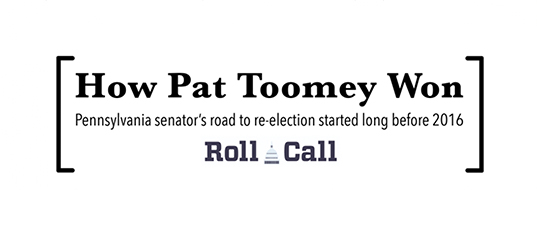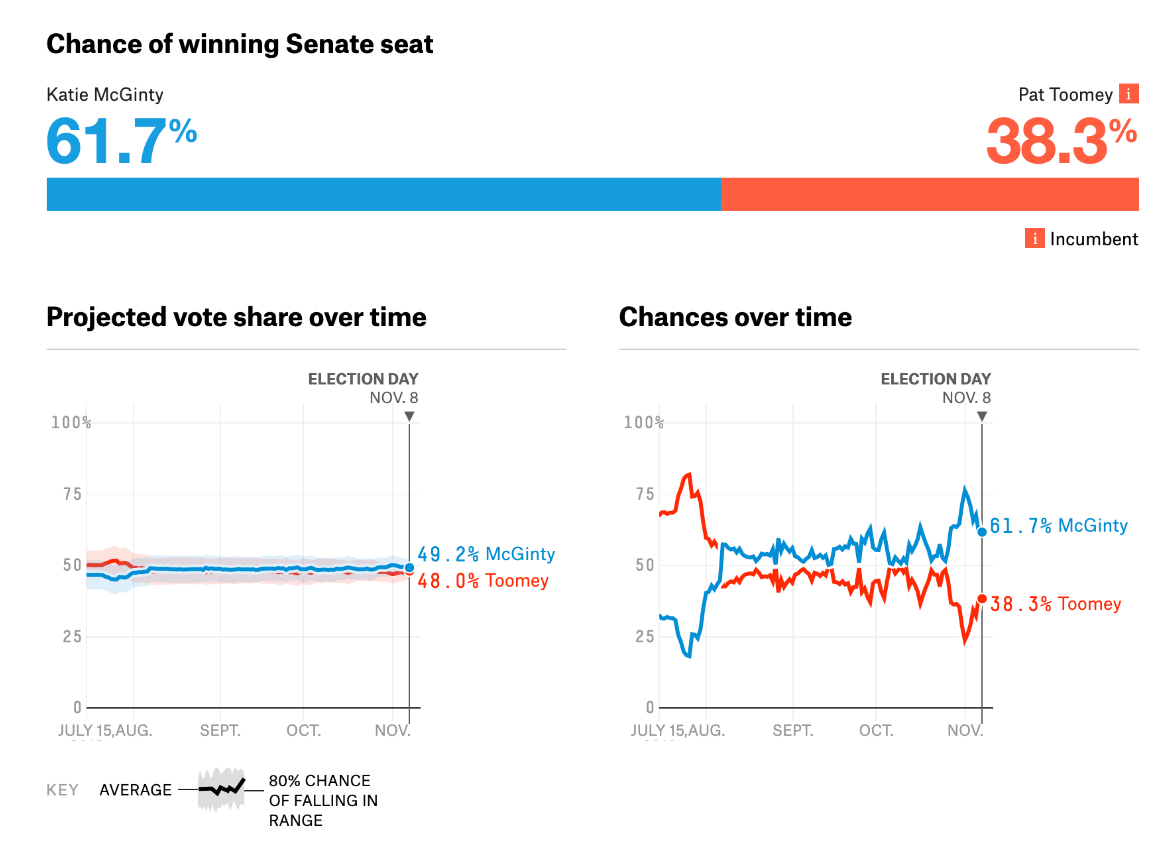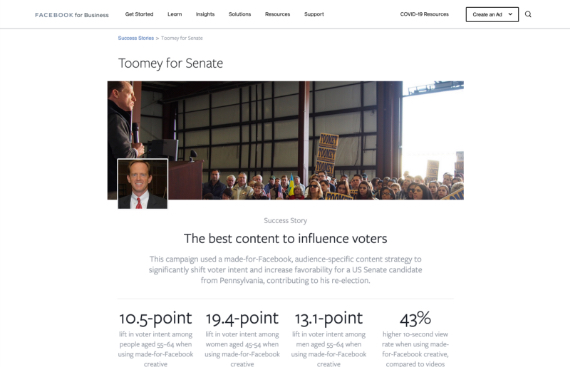©2023 ColdSpark ALL RIGHTS RESERVED
The Challenge
We’ve never been one to shy away from a good challenge. We knew winning a U.S. Senate race in Pennsylvania in a presidential year would be tough. 2010 was a Republican year, and yet, Sen. Toomey won by only two points. There were several challenges to tackle:
- Pennsylvania Democrats have a one-million-voter advantage, and higher turnout in a presidential year would benefit the Democrats
- Toomey had to outperform 2010 numbers in the Philadelphia suburbs without losing conservative and working-class Democrats in the rest of the state
- It was not clear who our Democratic opponent would be
- No one expected Donald Trump to be the Republican nominee
The Solution
Our solution was holistic and outcome-focused. We leveraged a multi-faceted approach backed by our team’s unique expertise to develop relevant messaging and reach voters where they were — targeting platforms ranging from social media to TV. Our solution was broken down into five key parts, highlighted below.
1. Don’t be Stupid, Plan Ahead
Too many politicians are caught by surprise. We knew we didn’t have that luxury. That’s why we had our first campaign team meeting back in January of 2011. We set an aggressive fundraising goal of $30 million over six years. This meant we needed to get started A.S.A.P. We also drafted a four-year messaging plan that focused on accomplishing results for Pennsylvania and finding bipartisan solutions to real problems.
2. Messaging: Threading the Needle
Fine-tune the message: As we entered the election year cycle in 2015, we drafted a nuanced message that focused on issues with broad appeal. We knew our eventual opponent would try to paint Sen. Toomey as an arch-conservative and financial baron. We countered this strategy by focusing on national security, local safety issues, Pennsylvania-focused results, constituent service and Sen. Toomey’s record of bipartisanship.
We also had to define the enemy. As Democrats Katie McGinty and Joe Sestak jumped into the Democratic primary, we didn’t wait until the general election to start defining our opponents. We did our opposition research early and focused on defining both potential opponents as elitist, out-of-touch, corrupt and liberal. We used surrogates to add credibility to our attacks.
3. Digital Innovation: Winning on the Margins
We launched an innovative digital campaign that relied on hard data, scientific measurements and targeted advertising. Using a built-from-scratch database, we modeled eight groups of voters based on specific issues, like Iran, veterans and police. Instead of running traditional TV ads to these voters, we created a year-long plan that sent pieces of organic content to specific groups of voters over time.
Our digital plan delivered 3 million impressions and resulted in 1 million social engagements. Our polling demonstrated that our made-for-digital content produced much higher engagement rates.
35% Higher
engagement rate
for made-for-digital video
327% Higher
engagement rate for
made-for-digital content
36% Higher
video view rate compared
to repurposed TV ads
The average movement for the eight targeted groups in favor of Pat Toomey was 12% compared to 3% for the electorate as a whole.
12-PointChange in
Change in
the Ballot
across 8 voter segments
20-PointChange in
Change in
the Ballot
1.2 Million
New Voters
reached
100,000
Votes
that won the election
450,000
New Voters
in favor of the candidate
The Result
Another Win
Source: FivethirtyEight
Sen. Toomey’s path to victory in Pennsylvania was very different from Donald Trump’s. Trump ran up the score with working-class voters, while he lost badly with suburban voters and college graduates.
Sen. Toomey vastly outperformed Trump in those crucial suburban areas, a pivotal part of our strategy considering the more moderate Philadelphia media market contains 45% of the electorate.







